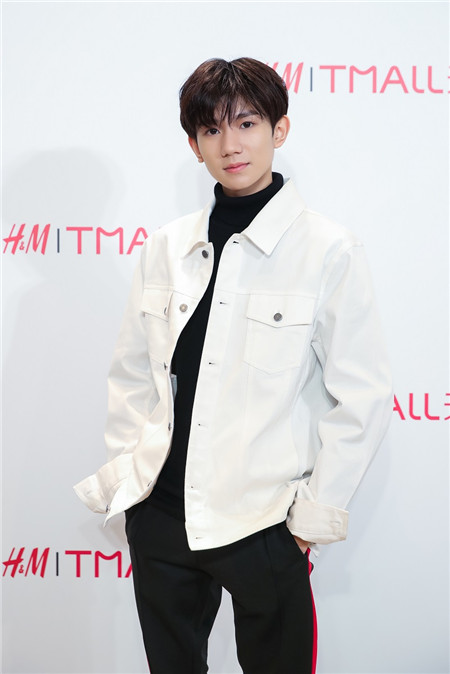H&M makes its presence felt with debut on Tmall


Explaining how the decision was made, Olsson says: "The fashion industry and retail market here (in China) is constantly evolving and developing. We follow what's happening and noticed the success of Tmall. And our customers want us to be there. It's a natural progression."
However, other factors may also be responsible for the decision.
In 2017, the brand raked in 11 billion SEK ($1.3 billion) from its more than 400 stores in China, up 3 percent year on year.
Before 2016, the brand used to enjoy consecutive double-digit growth annually since it entered the market in 2007.
Also, globally, the group reported an unexpected 4-percent drop in sales in the fourth quarter of 2017, which was the first time in the past two decades, despite it having expanded a portfolio of seven labels including COS and & Other Stories.
Olsson also said that discussions to enter into partnership with Tmall were initiated late in 2017.
But a year before that other fast fashion brands like Uniqlo were celebrating record-breaking sales numbers at the "double eleven shopping extravaganza" created by Tmall.
Separately, Olsson said in an interview with the Chinese media that the company preferred building its own e-commerce channel for consistency and swifter reaction to local trends.




































